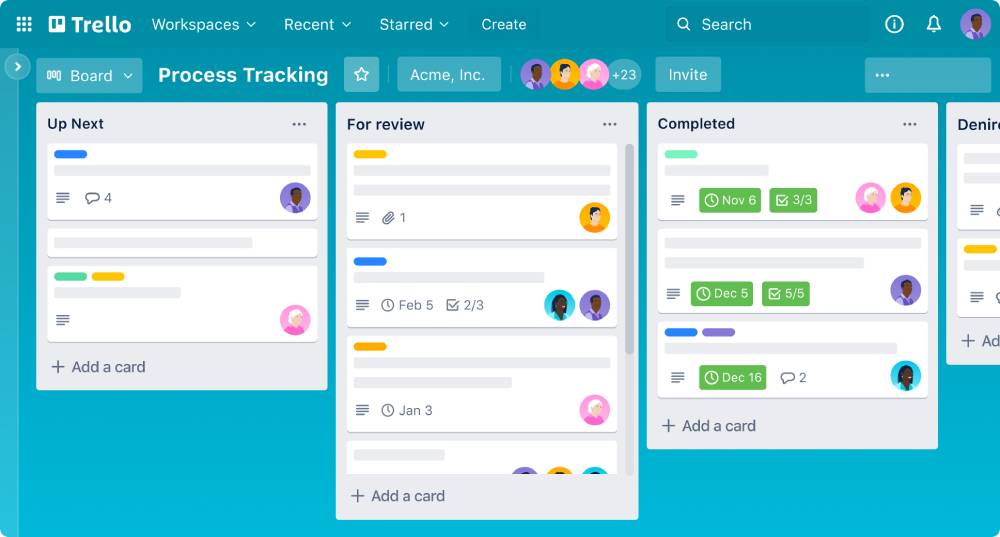
Productivity Techniques for Fast-Paced Work Environments
In our always-on world, the pressure to do things fast and to do the right thing fast has never been greater. Whether in the high-stakes corporate world, at a high-energy start-up, or running your own business, thriving in fast-paced workplaces takes more than just grinding. It takes smart productivity techniques and a disciplined mindset.
This blog will share relatable productivity hacks, actionable time management techniques, and professional tools that help people stay ahead rather than keep their heads above water. From reducing distractions to optimising workflow, you’ll learn to thrive under pressure while maintaining your well-being.
The Nature of Fast-Paced Work Environments
Characteristics of High-Speed Work Settings
Fast-paced workplaces are often defined by the following:
- Tight deadlines and quick turnarounds
- Frequent interruptions and multitasking
- High expectations and performance metrics
- Rapid decision-making and problem-solving
These environments can be thrilling and full of opportunities but also prone to burnout if not navigated carefully.
Why Traditional Time Management Falls Short
Often, old-school advice like “make a to-do list” isn’t sufficient in such settings. The hour needs adaptability, clarity, and tools that help prioritise without adding mental clutter.
Core Productivity Hacks to Stay Ahead
1. The Eisenhower Matrix: Urgency vs Importance
This classic framework helps you categorise tasks into four quadrants:
- Urgent and vital – Do immediately
- Important but not urgent – Schedule it
- Urgent but not necessary – Delegate it
- Neither urgent nor essential – Eliminate it
Why it works: It encourages you to act with intent rather than react impulsively.
2. Time Blocking for Deep Focus

Time blocking involves setting aside dedicated blocks of time for specific types of work, avoiding task-switching and improving focus.
Example: Reserve 9–11 AM for strategy work, 1–2 PM for meetings, and 3–4 PM for admin tasks.
3. The Pomodoro Technique: Productivity in Bursts
Work for 25 minutes, then take a 5-minute break. After four cycles, take a more extended 15–30 minute break.
Why it works: This hack maintains mental sharpness and reduces decision fatigue.
4. The 2-Minute Rule
If something takes less than 2 minutes, do it immediately.
Use case: Quick email replies, short updates, or minor edits – don’t let them pile up.
Tools to Maximise Efficiency

Must-Have Apps and Platforms
- Trello/Asana: Great for task management and team collaboration
- Notion: Ideal for creating a digital HQ with notes, tasks, and databases
- RescueTime: Tracks where your time goes so you can adjust habits
- Slack: Centralises team communication, cutting down on email clutter
Automation is Your Friend
Automate recurring tasks with tools like:
- Zapier for cross-platform automation
- Calendly for scheduling meetings without back-and-forth emails
- Grammarly for editing emails and documents faster
Optimising Your Work Environment
Digital Clean-Up
A cluttered digital space can be as distracting as a messy desk:
- Organise files into clear folders
- Use consistent naming conventions
- Limit open tabs to essentials only
Physical Workspace Tips
- Invest in an ergonomic chair and desk setup
- Use natural lighting when possible
- Keep water, healthy snacks, and a notebook within reach
Mental Efficiency and Focus
Guard Your Cognitive Load
Minimise mental clutter by:
- Offloading tasks onto a to-do app
- Avoiding multitasking—focus on one high-impact task at a time
- Using templates for repetitive work
Mindfulness and Microbreaks

- Practise a 3-minute breathing exercise between meetings
- Step away from your screen every hour to reset your attention
- Use apps like Headspace or Calm to decompress
Communication Strategies in Fast Environments
Be Clear, Not Long-Winded
Craft concise emails and messages:
- Use bullet points
- Highlight key takeaways in bold
- Avoid unnecessary jargon
Use Meetings Sparingly
- Keep meetings under 30 minutes when possible
- Send a clear agenda beforehand
- End with clear next steps and deadlines
Prioritisation for High-Impact
Apply the Pareto Principle (80/20 Rule)
Focus on the 20% of tasks that drive 80% of your results.
Example: If client satisfaction is your KPI, focus more on client calls and solution delivery than internal reporting.
Daily Top 3
Every morning, identify the three most important tasks for the day.
Why it works: It keeps you from feeling overwhelmed and ensures progress on key goals.
Energy Management Techniques
Work with Your Natural Rhythms
- Identify your peak performance hours and align high-focus tasks accordingly.
- Save lower-energy periods for routine tasks
Fuel Your Brain
- Eat a protein-rich breakfast
- Stay hydrated
- Limit caffeine after 2 PM to maintain evening focus
Case Studies and Real-Life Success Stories
Google: Time Management Culture
Google encourages engineers to dedicate 20% of their time to passion projects. This improves engagement and boosts innovation.
Atlassian: Meeting-Free Days
The company instituted “no meeting Wednesdays” to allow for deep, uninterrupted work.
Result: Increased satisfaction and creative output across teams.
Freelancer Example: Building Boundaries
A freelance graphic designer reported that switching to a time-blocking method helped reduce their workweek by 10 hours while increasing revenue.
Common Concerns and Solutions
What if my job is unpredictable?
Build flexibility into your schedule. Time-block your “knowns” and leave buffer slots for reactive tasks.
How do I say no to extra tasks?
Politely decline by citing current priorities or suggesting a later time. Saying no is essential for preserving productivity.
Can productivity hacks help reduce stress?
Absolutely. When you feel in control of your time, anxiety levels often decrease. Structure breeds calm.
Design a Productivity System That Works for You
Productivity isn’t fitting more into your day—it’s making space for what matters most. In high-pressure environments, busyness is often confused with effectiveness. However, with proper strategies—such as time-blocking, automation, mindful communication, and energy management—you can work smarter, not harder.
Try one or two new ways, starting this week. Note what works and what doesn’t. Work on bettering your way and keep on changing who you are. Succeeding in high-velocity environments isn’t about running in circles; it’s about creating sustainable systems that help you thrive.
Ready to level up your productivity? Share this post with your team, implement one technique today, and watch your workflow transform.


